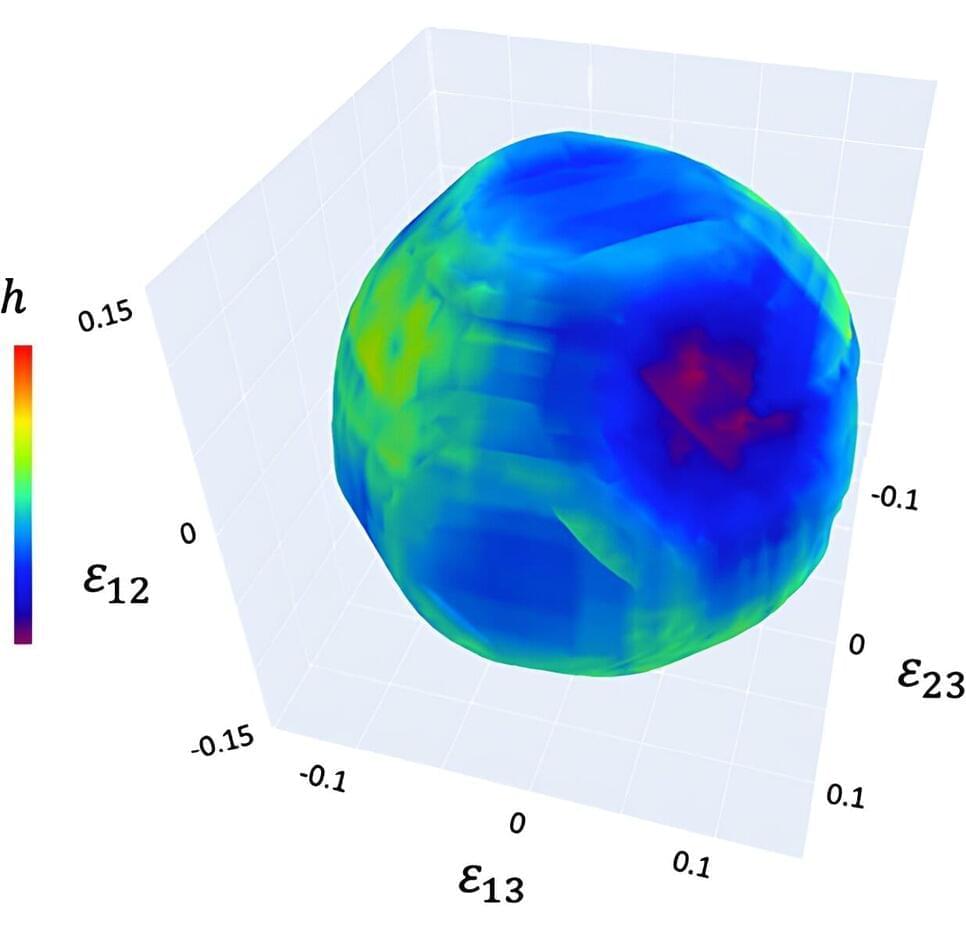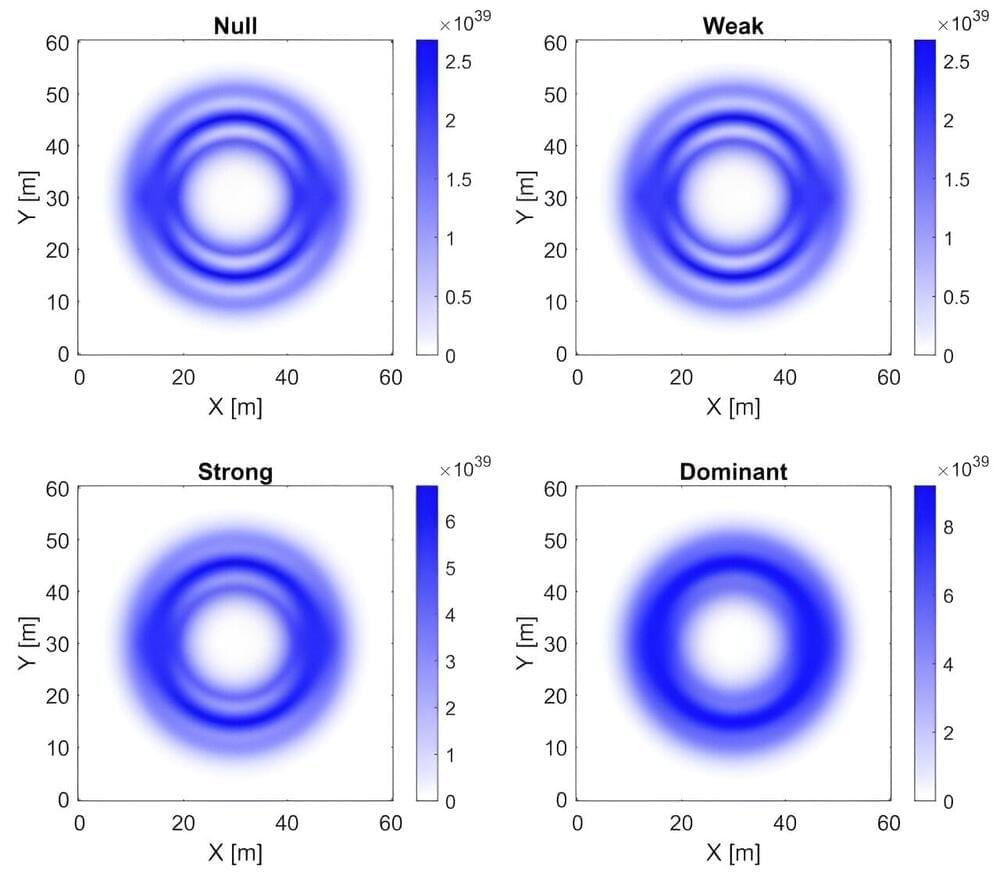Diamond is the hardest material found in nature—diamond also has the highest thermal conductivity, allowing the most heat to flow through it rapidly.



By Rachel Kremen, Princeton Plasma Physics Laboratory
The intricate dance of atoms fusing and releasing energy has fascinated scientists for decades. Now, human ingenuity and artificial intelligence are coming together at the U.S. Department of Energy’s (DOE) Princeton Plasma Physics Laboratory (PPPL) to solve one of humankind’s most pressing issues: generating clean, reliable energy from fusing plasma.
Scientific discovery doesn’t always require a high-tech laboratory or a hefty budget. Many people have a first-rate lab right in their own homes—their kitchen.





Underwater recon and attack drones are about to enter war zones.
Australia has unveiled ‘Ghost Shark’, an underwater drone that is capable of surveillance, intelligence collection and attacking enemy targets. The U.S. has a ‘Monster Manta’ that can carry a range of payloads, carry out long-range missions. Countries around the world are developing unmanned underwater vehicles for the next war at sea. What about India?
#australia #us #india.
About Channel:
WION The World is One News examines global issues with in-depth analysis. We provide much more than the news of the day. Our aim is to empower people to explore their world. With our Global headquarters in New Delhi, we bring you news on the hour, by the hour. We deliver information that is not biased. We are journalists who are neutral to the core and non-partisan when it comes to world politics. People are tired of biased reportage and we stand for a globalized united world. So for us, the World is truly One.
